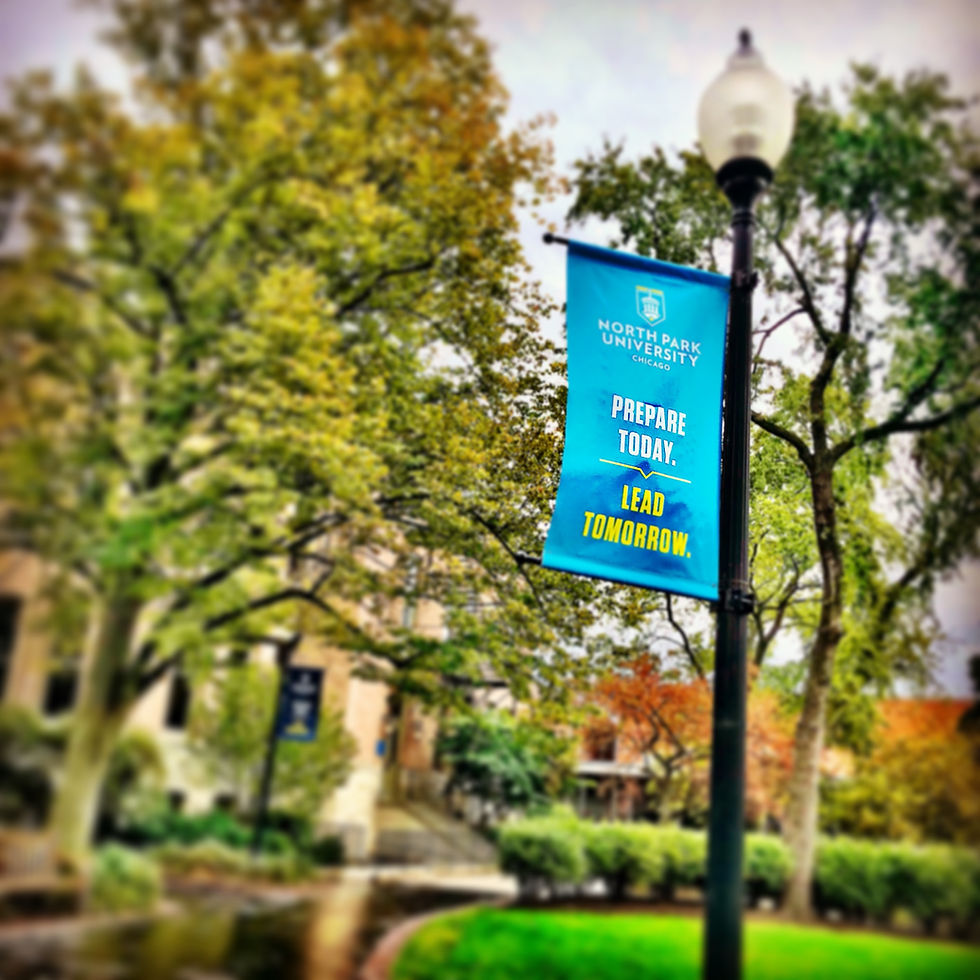Eat That Frog
- Dr. Renée-Paule Gauthier
- Mar 15, 2015
- 3 min read
If it's your job to eat a frog, it's best to do it first thing in the morning. And if it's your job to eat two frogs, it's best to eat the biggest one first. - Mark Twain
In the last post I talked about one trick to adopt to get ourselves in the practice room. I would now like to talk about a concept which I had known about for what seems to be forever (thank you, Mom!) but was presented to me in a fresh way a couple months ago during a visit to the Savor blog. In a short video segment the former concert pianist and deeply inspiring young successful entrepreneur Angela Jia Kim (founder of Om Aroma & Co and creator of the Manifest Method) discusses how you can increase your productivity by simply “eating that frog.”
The concept is a well-known one of course: when facing many obligations, start with the one which might seem to be the most daunting first thing in the morning. However, being the analogy-lover that I am, I sincerely appreciated this new take on the concept. Kim herself was introduced to the notion through Brian Tracy’s book Eat That Frog!.
The expression comes from Mark Twain who “once said that if the first thing you do each morning is to eat a live frog, you can go through the day with the satisfaction of knowing that that is probably the worst thing that is going to happen to you all day long. Your “frog” is your biggest, most important task, the one you are most likely to procrastinate on if you don’t do something about it.” (Excerpt from Eat That Frog!)
Kim explains the concept this way in her Daily Action Planner:
Write down up to three things that you know are the most important tasks to achieve that day. They’re often the most difficult. The idea is that if you know you have to eat a frog and keep it as the last thing to do, you will dread it all day. You may procrastinate and not even get it done so that you have to eat two frogs the next day. However, if you eat that frog at the beginning of the day, your day will be much more enjoyable knowing that you have accomplished the most difficult task.
There are many ways in which we can apply this model in our daily practice once we’ve committed ourselves to ten and started practicing.
First of all, accept the fact that the practicing of technical elements will be the one frog which will come to visit you every single day! I would suggest that you make peace with this and start seeing scales and exercises as fun challenges (more on making this happen in the coming months). Once you have transformed the frog of technique into your favorite prince charming, turn to direct applications in your repertoire.
Chose a few goals and set to accomplish them. As Brian Tracy says, if you have to eat two frogs, eat the ugliest one first! Determine a set amount of time, select problem spots, and do isolation work on them.
That passage you cannot play in tempo? Decide to build it up with metronome using rhythm patterns for eight minutes. That one movement you have not started learning yet? Commit to a ten minute reconnaissance mission through it, or chose to learn only a few measures. That one page you can’t memorize? Spend fifteen minutes analyzing it and writing down different spacings, groupings, and recognizable patterns in your parts.
Once you’re done with your “meal”, keep time for having fun with your instrument, knowing that you will feel great from the work that has been accomplished and feeding off that feeling for the rest of the day.
Related article: The Truth About Frogs, Eat the Frogs First – A Guide to Prioritizing
In the studio this week: I didn’t hear a note I didn’t like! Happy Spring Break everyone!
(Next time: Grit Is Great)




Comments